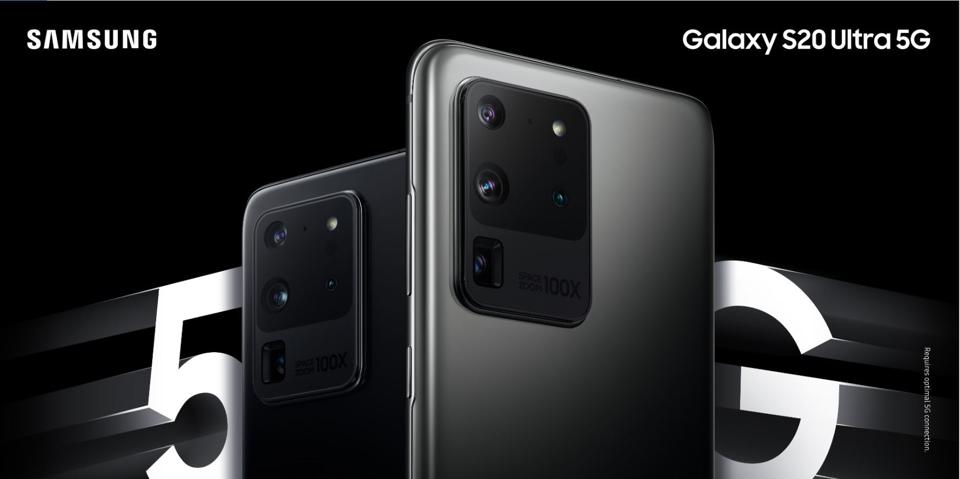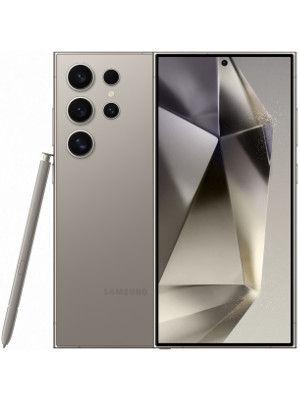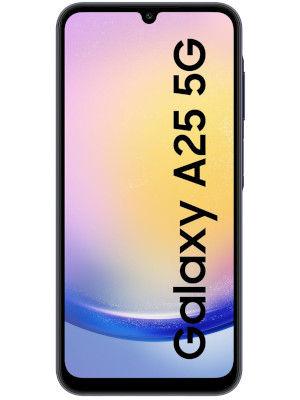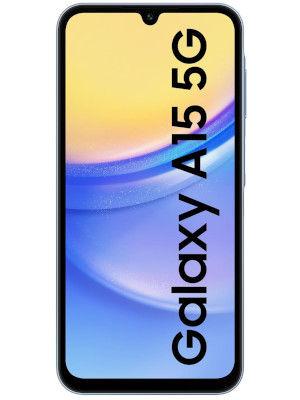Samsung Galaxy S20 Ultra’s 108-megapixel ‘Nona-binning’ explained
‘Nanocell’ is the enhanced version of ‘Tetracell’ camera technology that was introduced by Samsung back in 2017. While ‘Tetracell’ has a two-by-two array, which means combining the neighbouring two pixels (total of 4 pixels) to act as one large pixel, ‘Nanocell’ has three-by-three structure.

Samsung created a new benchmark for premium smartphones a couple of days ago by introducing the Galaxy S20 Ultra, the highlight of which was the massive 108-megapixel rear camera sensor along with three other sensors. This is the first time that we saw a smartphone getting a massive jump in the megapixel count after the 48-megapixel and 64-megapixel sensors. Samsung even demoed the capabilities of the camera in real life usage, during the launch. However, it did not reveal the specifics on how the 'Nanocell' sensor exactly works at that time. Now, in a blog post, the South Korean tech firm has talked at length about the technology that powers the 108-megapixel sensor.
The Samsung ISOCELL Bright HM1 sensor is sized at 1/33-inch and has 0.8um pixels. This, in tandem with the 'Smart-ISO' technologies, delivers bright 108-megapixel shots. The firm explains that 'Nanocell' is the enhanced version of 'Tetracell' camera technology that was introduced by Samsung back in 2017. While 'Tetracell' has a two-by-two array, which means combining the neighbouring two pixels (total of 4 pixels) to act as one large pixel, 'Nanocell' has three-by-three structure, which means combining the neighbouring three pixels (total of 9 pixels) to create one large pixel. We also call this entire process 'Pixel-binning' and in Samsung's marketing terms, 3x3 pixel binning is called 'Nona Binning'.
Also read: Samsung Galaxy S20 India pre-orders begin tomorrow via Flipkart
All these nine 0.8um pixels together mimic a 2.4um size pixel, which results in a 12MP shot. For those unaware, more the um size, more light is captured by each pixel and as a result you get a brighter and sharper image. The reason why you get well-lit images by smartphone cameras, for instance Pixel, in low light is because it not just uses AI to shoot multiple images and compute the best output but also uses the 12-megapixel 1.4um sensor on the hardware level to get as much light as possible.
It is for the first time that a company has achieved 12-megapixel resolution image with 2.4um pixel size. Until now, handsets like Huawei used Quad Bayer sensors to achieve 12-megapixel and 16-megapixel shots from a 48-megapixel and 64-megapixel camera but with lesser microns or um (around 2.0um), resulting in less brighter images. Most of the others are limited to 1.6um.
However, one of the challenges that Samsung faced by adjoining cells is the increasing number of colour interference. The company states that the HM1 sensor has ISOCELL Plus technology that aims to reduce crosstalk and minimises optical loss as well as light reflection.
Some of the camera features touted by the firm for the Galaxy S20 Ultra include 100x digital zoom, 8K video recording at 24fps, real time HDR and more.
Catch all the Latest Tech News, Mobile News, Laptop News, Gaming news, Wearables News , How To News, also keep up with us on Whatsapp channel,Twitter, Facebook, Google News, and Instagram. For our latest videos, subscribe to our YouTube channel.
























